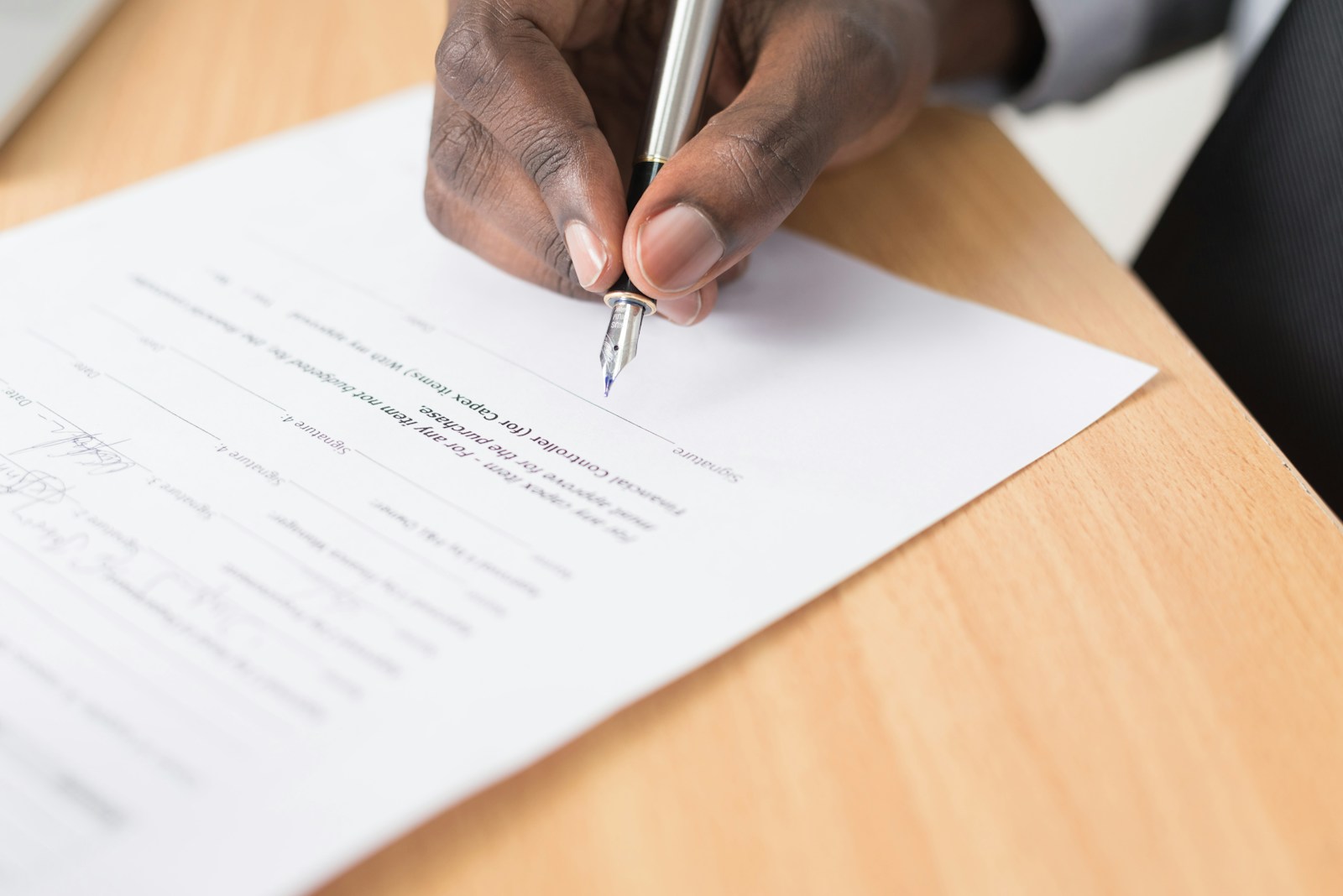Signing a lease is a major commitment, whether you're renting an apartment, condo, or house. A lease agreement outlines your rights and responsibilities as a tenant, as well as those of your landlord. Before putting pen to paper, it’s crucial to review the document carefully to avoid surprises down the road. Here’s what to look for in a lease agreement before signing.
1. Lease Term and Renewal Conditions
The lease term specifies how long you’ll be renting the property.
Fixed-Term Lease – Typically lasts 6 months, 12 months, or longer and locks in your rental rate for that period.
Month-to-Month Lease – Offers flexibility but allows the landlord to increase rent or terminate the lease with proper notice.
🔹 Check: If there’s an automatic renewal clause and how much notice you need to give before moving out.
2. Rent Amount and Payment Details
You need to understand exactly how much rent you’ll be paying and when.
Monthly Rent Amount – Confirm it matches what was advertised.
Due Date – Usually the 1st of the month, but some landlords offer flexibility.
Late Fees – How much you’ll be charged if you miss a payment.
🔹 Check: The payment methods accepted (e.g., bank transfer, check, online payment portals).
3. Security Deposit and Refund Policy
Landlords typically require a security deposit to cover damages or unpaid rent.
Amount Required – Often one month’s rent, but this varies by location.
Conditions for Deduction – The lease should specify what could result in a partial or full deduction (e.g., damage beyond normal wear and tear).
Refund Timeline – Many places require the deposit to be returned within 30 to 60 days after moving out.
🔹 Check: If the landlord is required to hold your deposit in a separate account (some provinces/states mandate this).
4. Maintenance and Repairs Responsibilities
Understanding who is responsible for repairs prevents future disputes.
Landlord’s Responsibilities – Typically includes structural repairs, plumbing, heating, and electrical issues.
Tenant’s Responsibilities – Usually minor fixes, changing lightbulbs, or maintaining the yard.
🔹 Check: How to request repairs and the timeframe for the landlord to respond.
5. Utilities and Additional Costs
Not all rentals include utilities, so clarify what’s covered.
Included in Rent – Some landlords cover water, gas, electricity, or internet.
Tenant-Paid Utilities – If you’re responsible, confirm how services are set up.
Additional Fees – Check for extra costs like parking fees, trash collection, or amenity charges.
🔹 Check: If the unit has separate meters or shared utility costs with other tenants.
6. Rules on Pets, Guests, and Subleasing
Pets – If pets are allowed, confirm any pet deposits, monthly fees, or breed restrictions.
Guests – Some leases limit how long guests can stay (e.g., no more than 14 consecutive days).
Subleasing – If you need to move early, can you sublet the unit, or is it prohibited?
🔹 Check: If there’s an early termination clause in case you need to break the lease.
7. Rent Increases and Lease Termination
Rent Increase Clause – Some leases specify how much the rent can increase after renewal.
Notice to Move Out – How much time you or the landlord must give (usually 30 to 60 days).
Early Termination Fees – If you need to leave before the lease ends, is there a penalty or an option to break the lease with proper notice?
🔹 Check: If the landlord can terminate the lease early and under what circumstances.
8. Renter’s Insurance Requirement
Some landlords require tenants to have renter’s insurance to cover personal belongings and liability.
Check: If you need to provide proof of insurance before moving in.
9. Property Condition and Move-In Checklist
Walkthrough Inspection – Document any existing damage before moving in.
Photo Evidence – Take pictures of the unit and report issues in writing to avoid being charged for damages you didn’t cause.
🔹 Check: If the lease includes a move-in/move-out checklist.
10. Landlord’s Access to the Property
Your landlord must give proper notice before entering your unit.
Standard Notice Period – Typically 24 to 48 hours unless there’s an emergency.
Allowed Entry Reasons – Includes repairs, inspections, or showing the unit to future tenants.
🔹 Check: Your tenant rights based on local rental laws.
Final Thoughts
A lease agreement is legally binding, so reading it thoroughly before signing is crucial. If anything is unclear, ask the landlord for clarification or seek legal advice.
Key Takeaway: Never assume anything—if a term isn’t in writing, it won’t be legally enforceable


